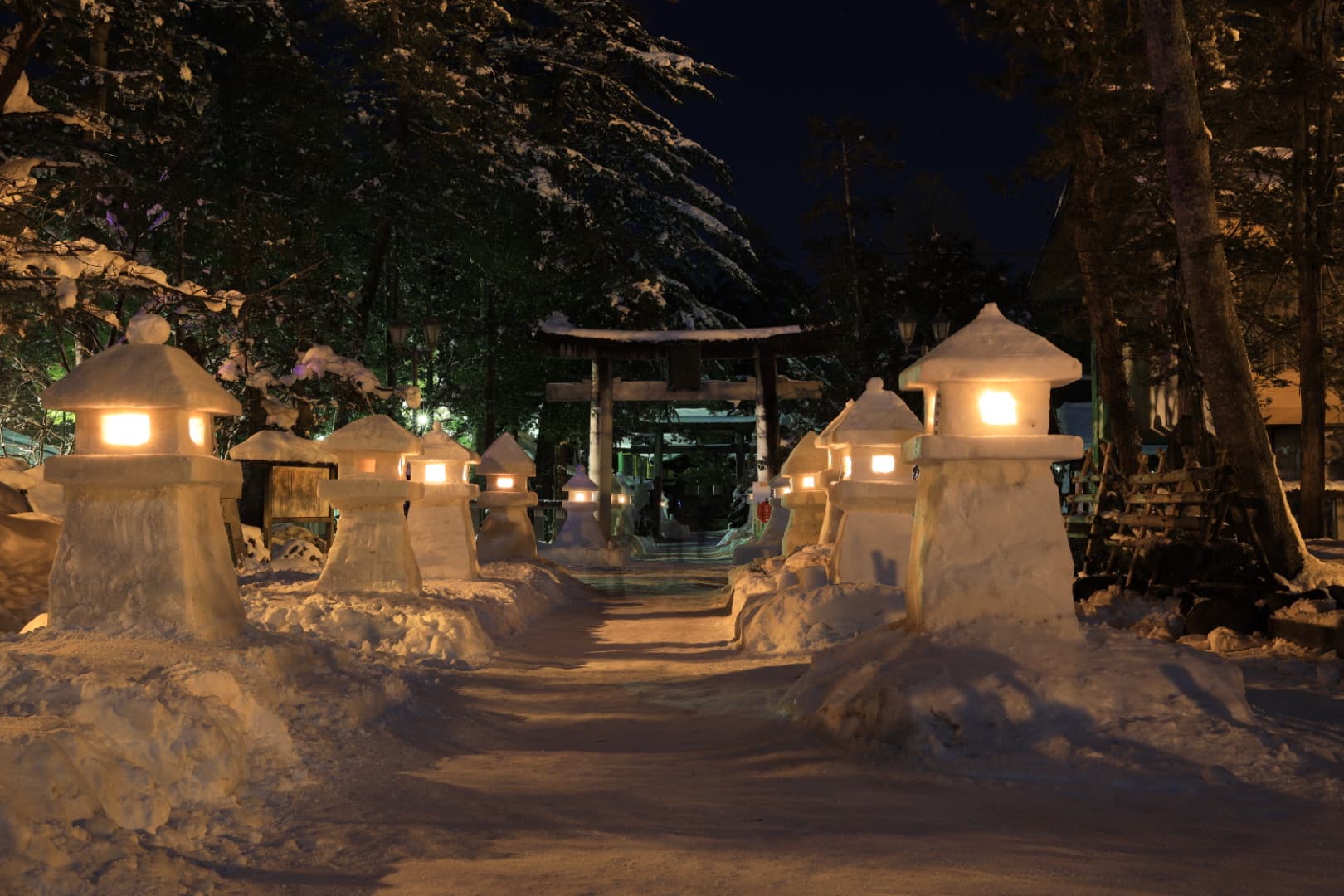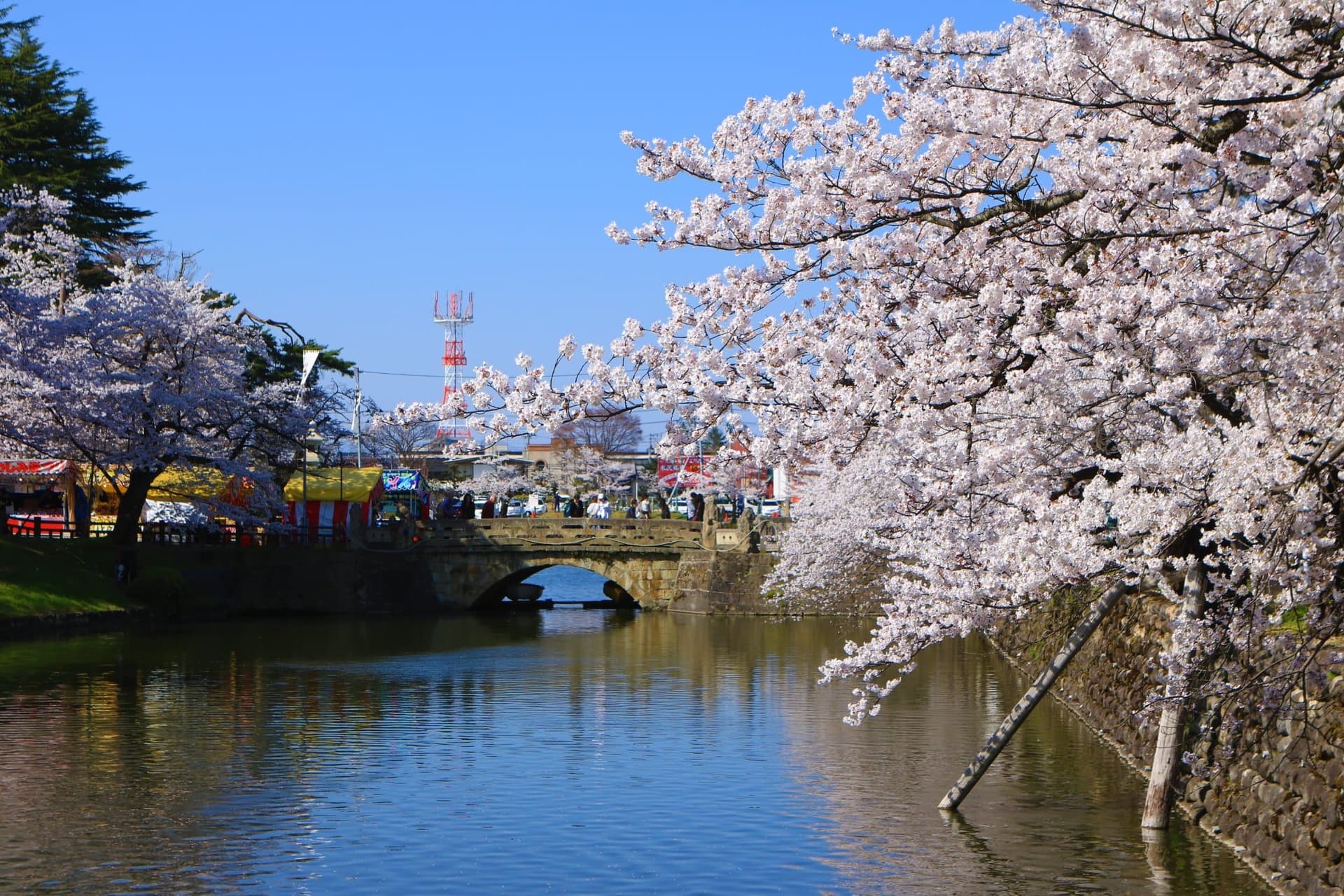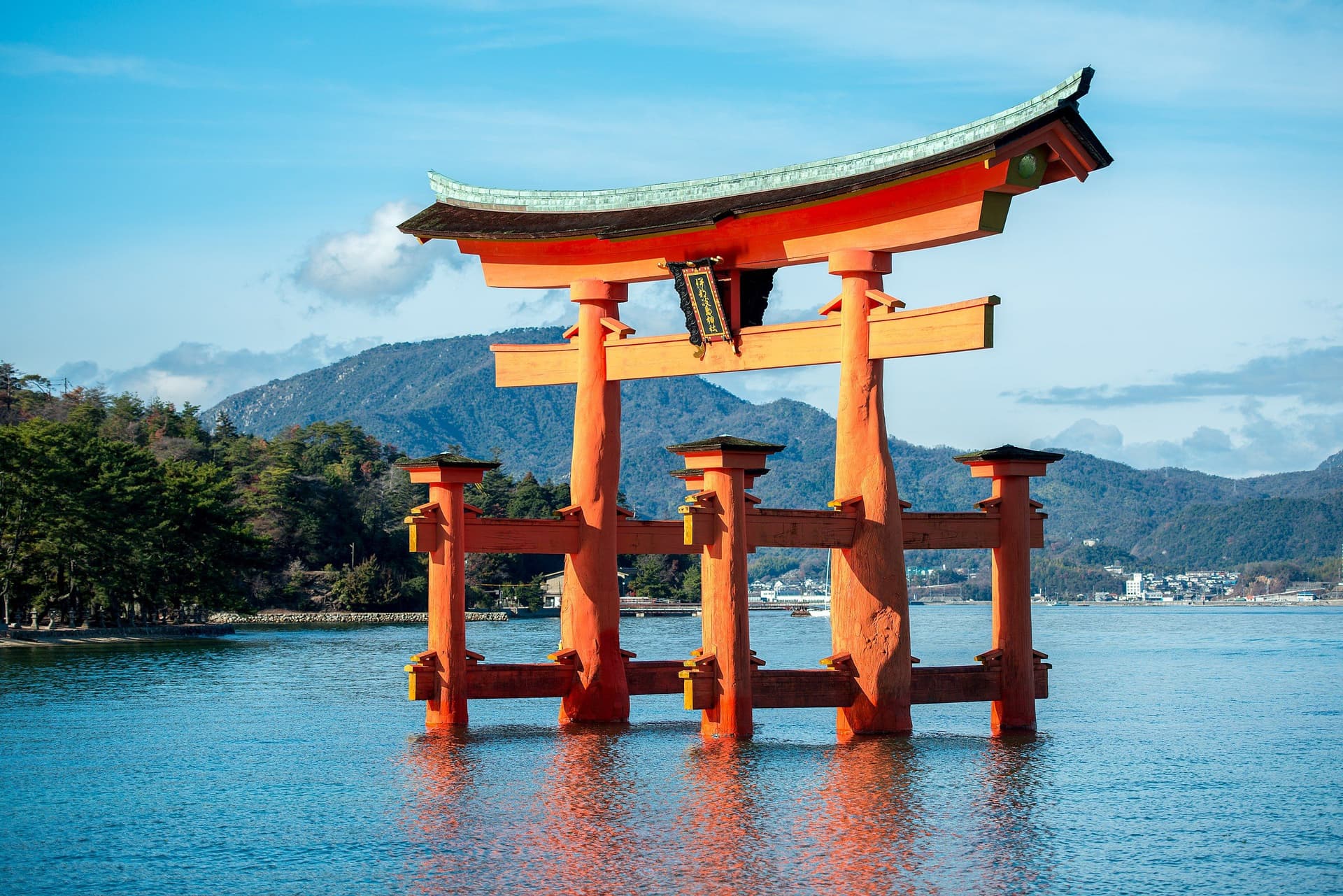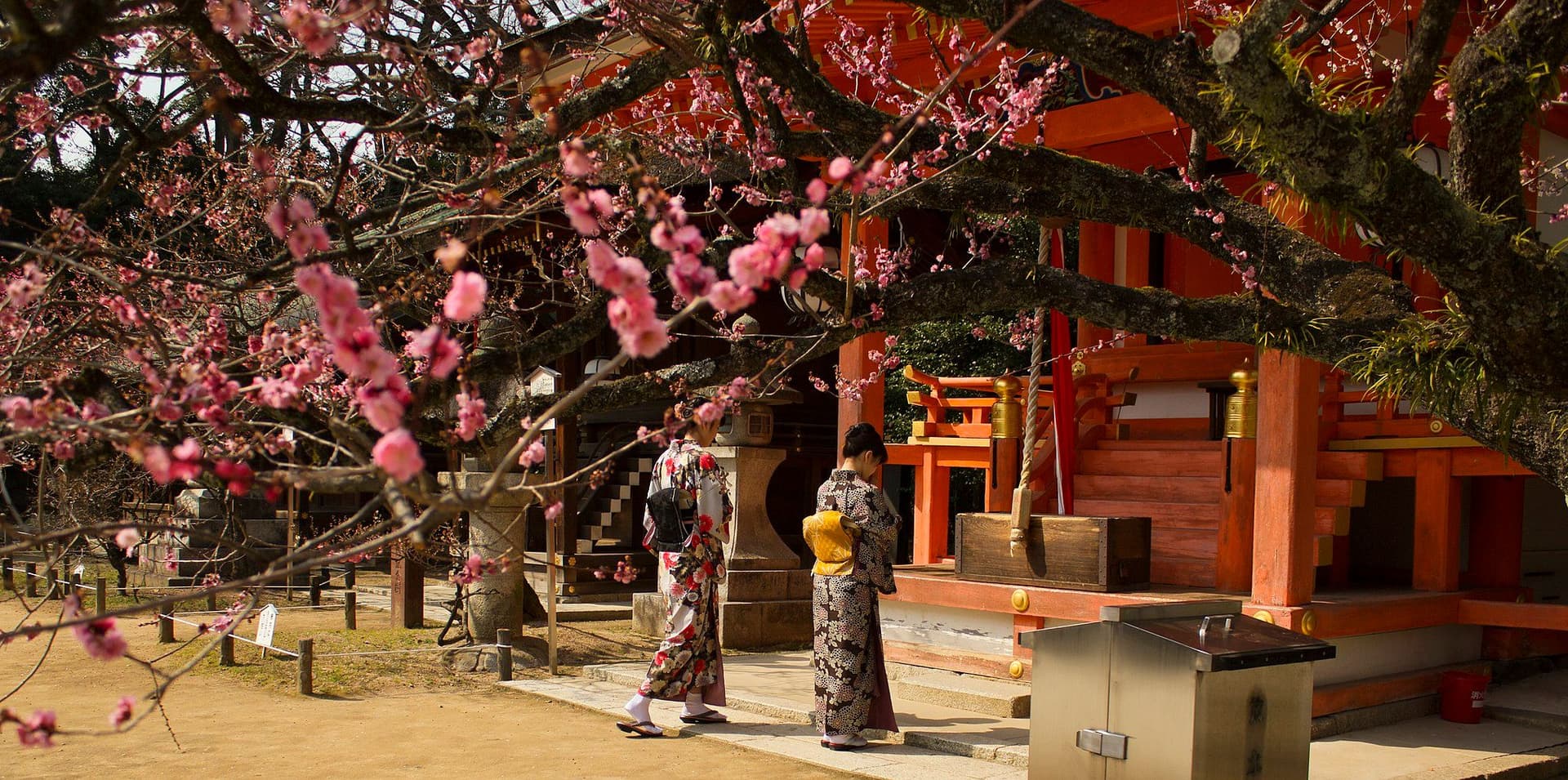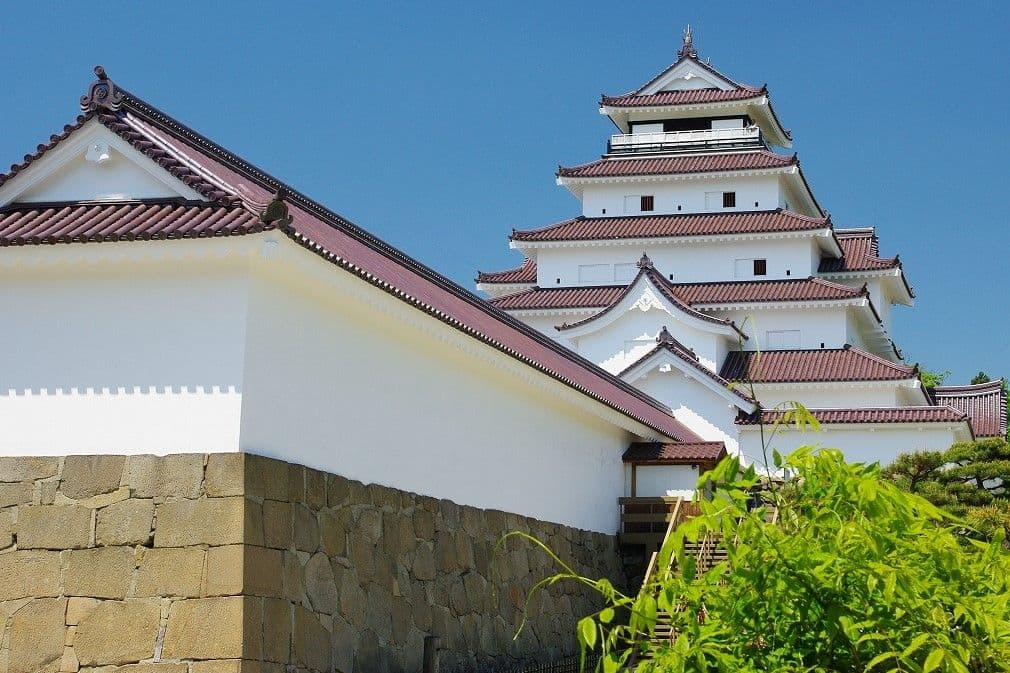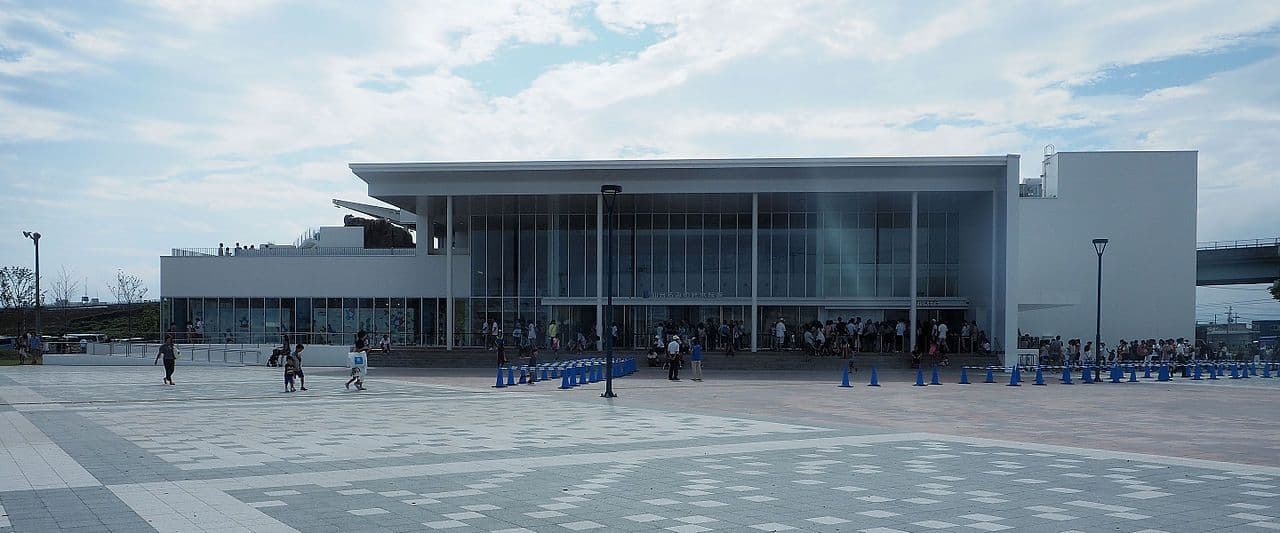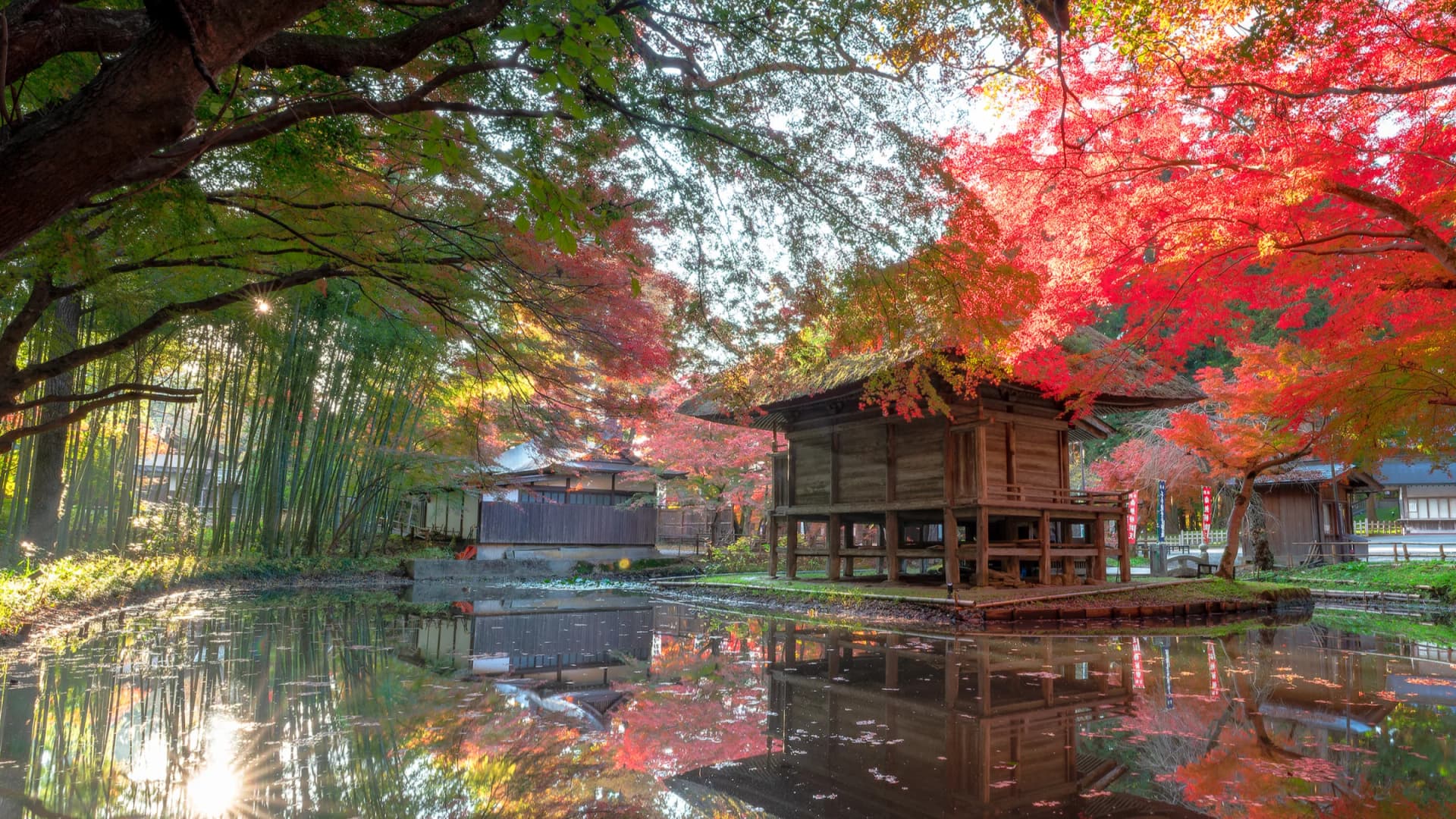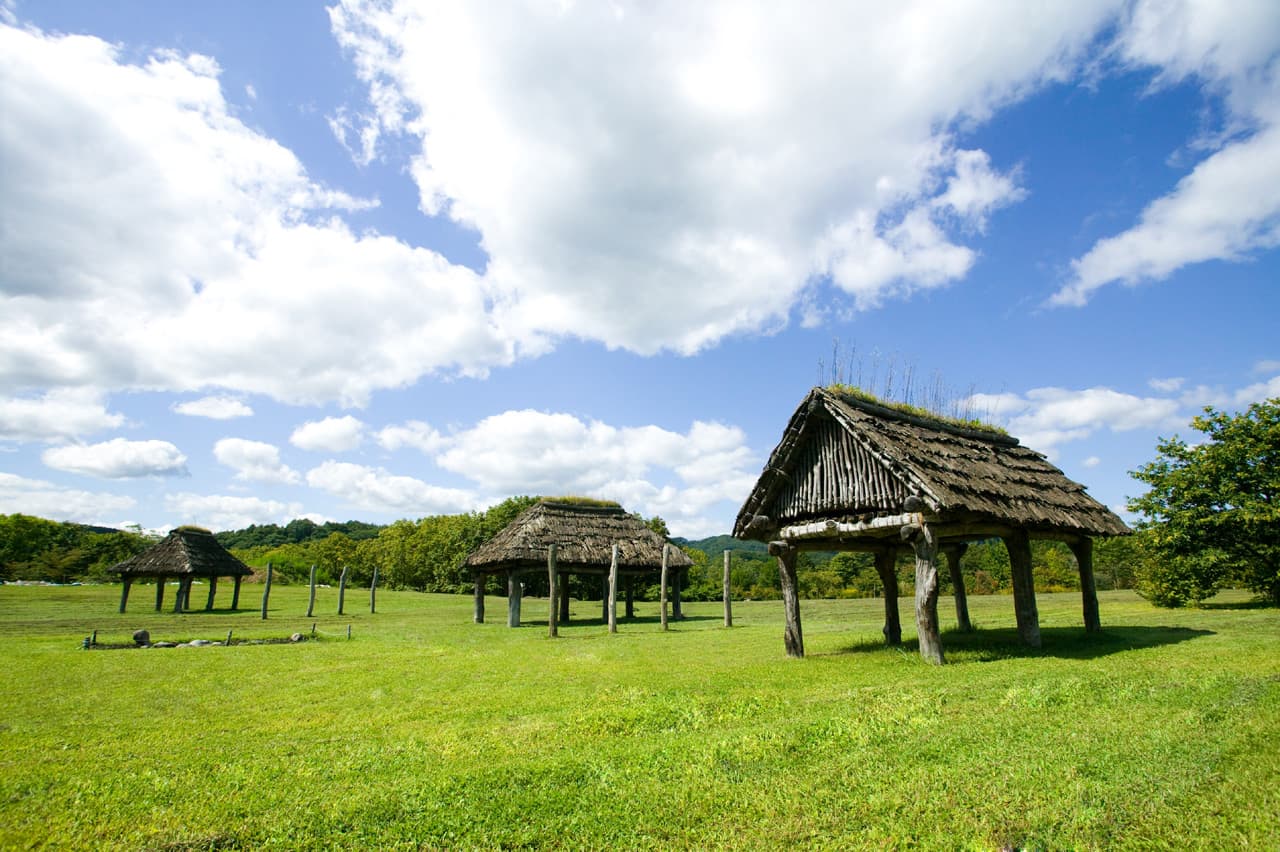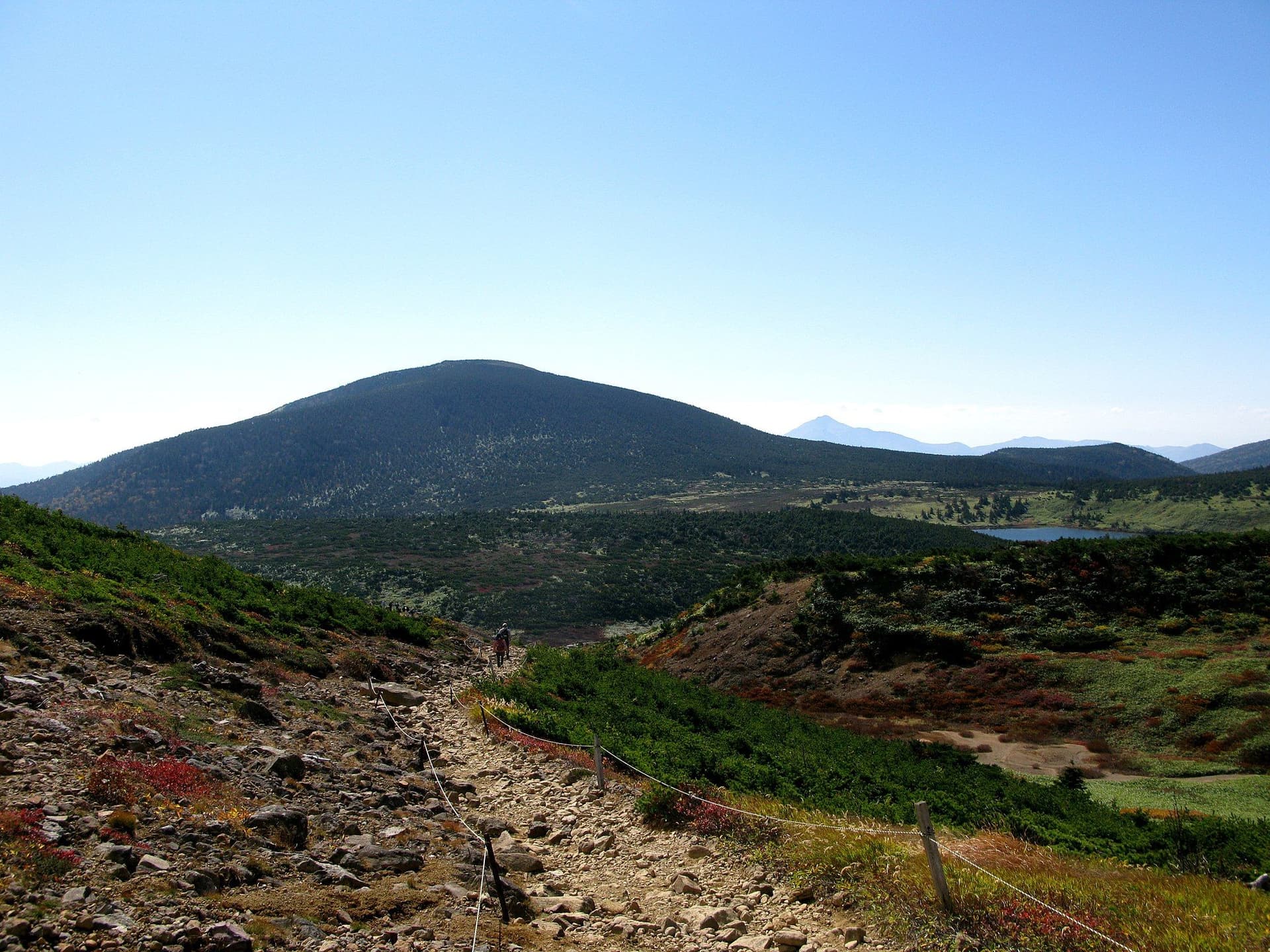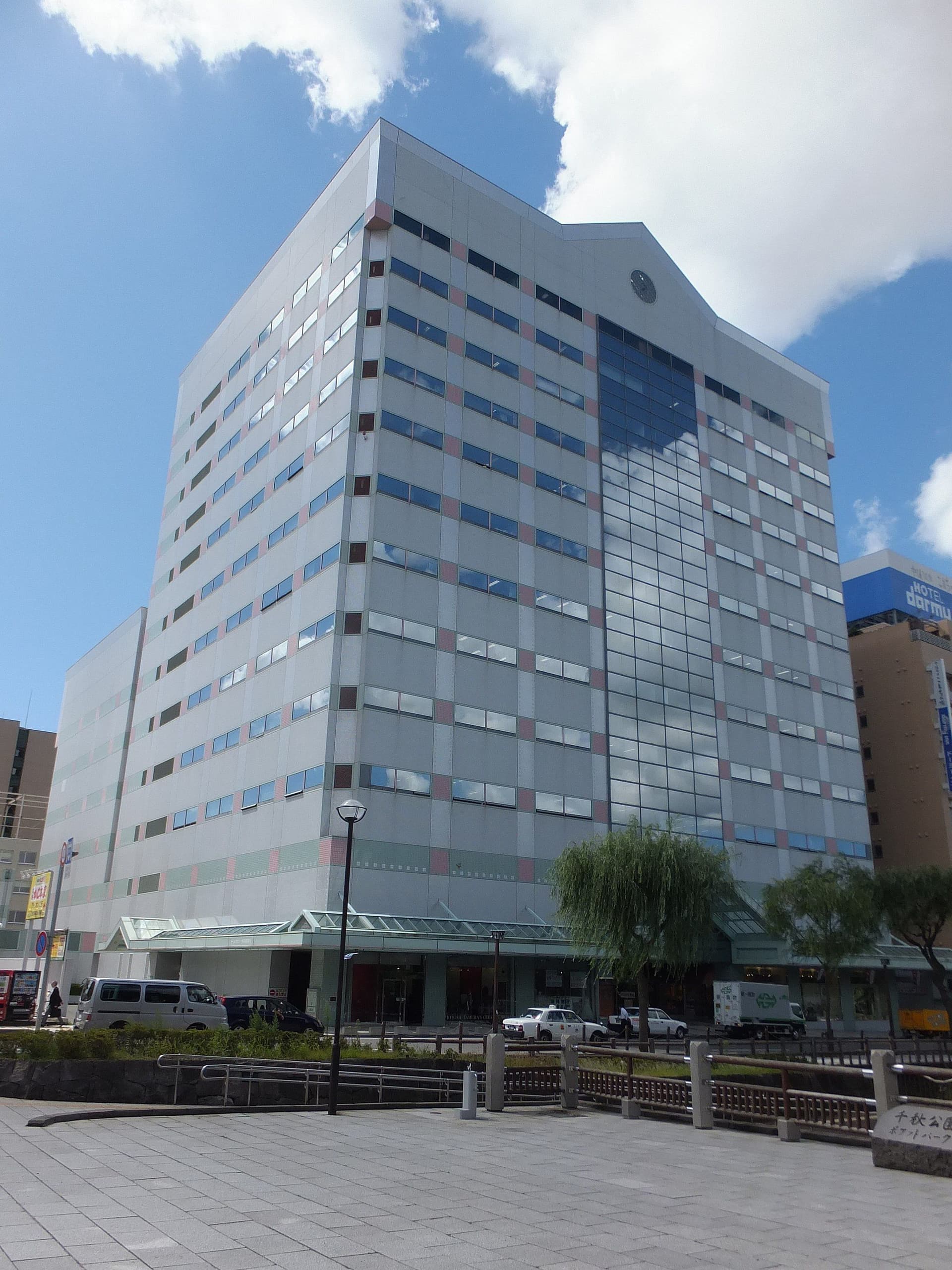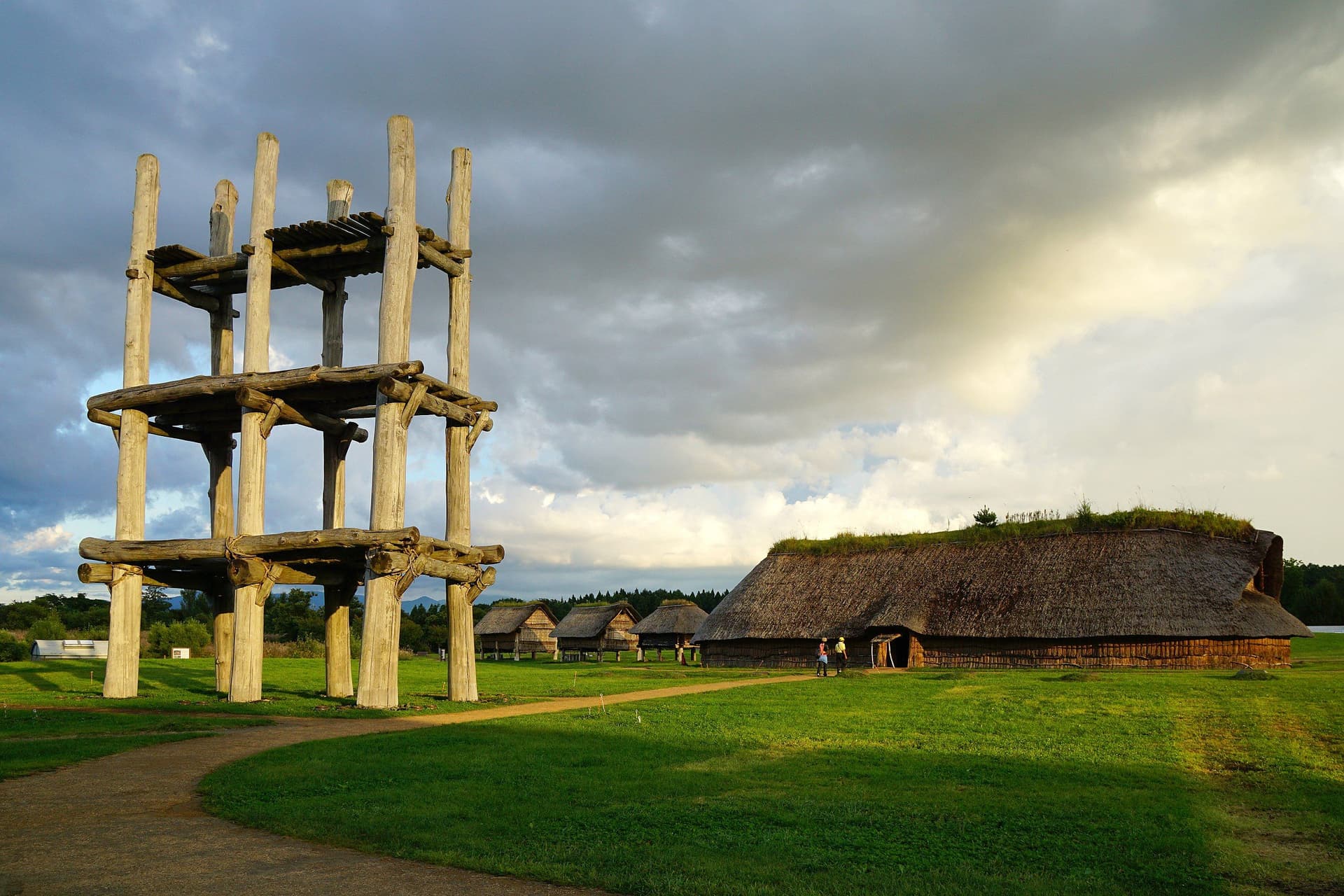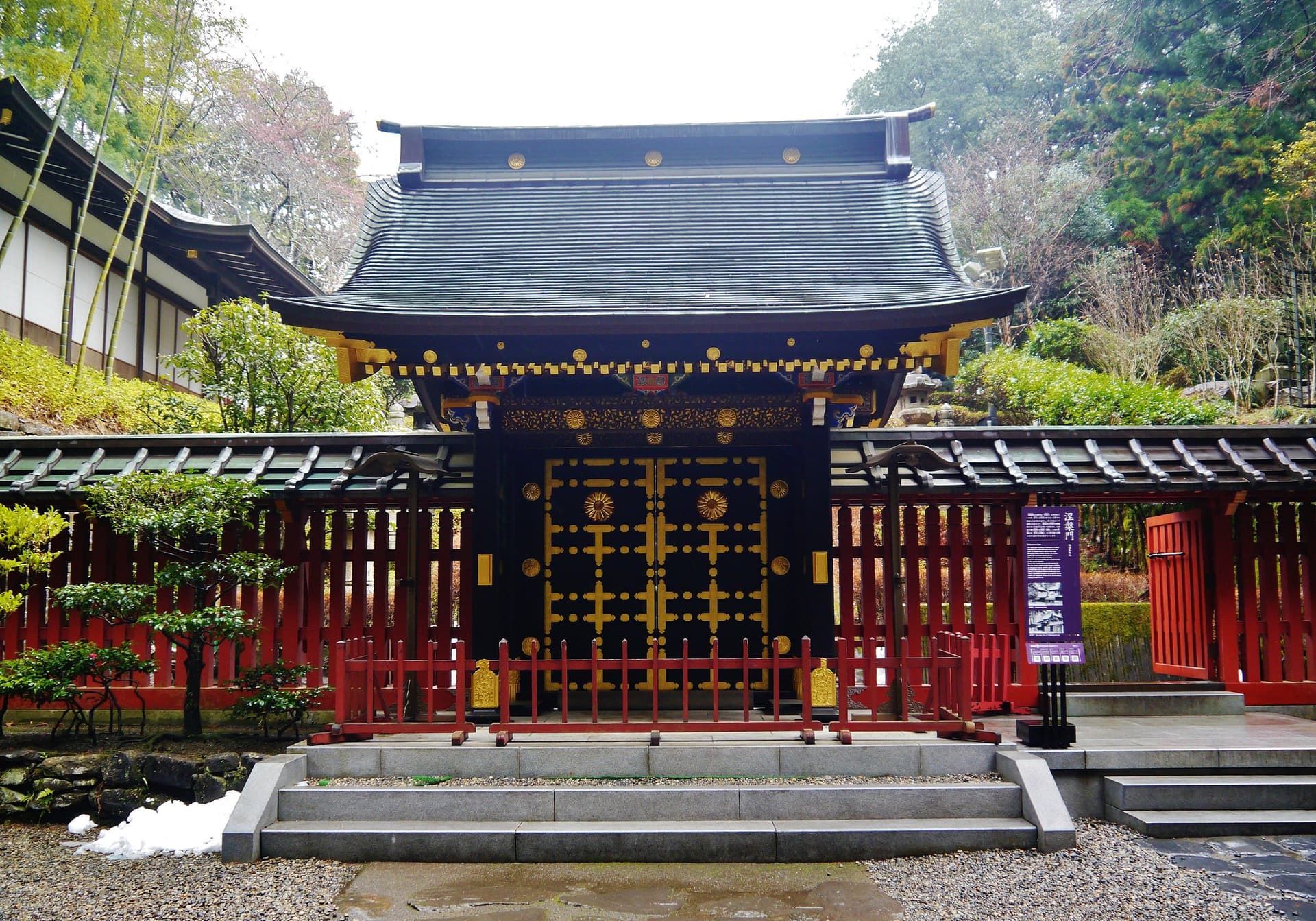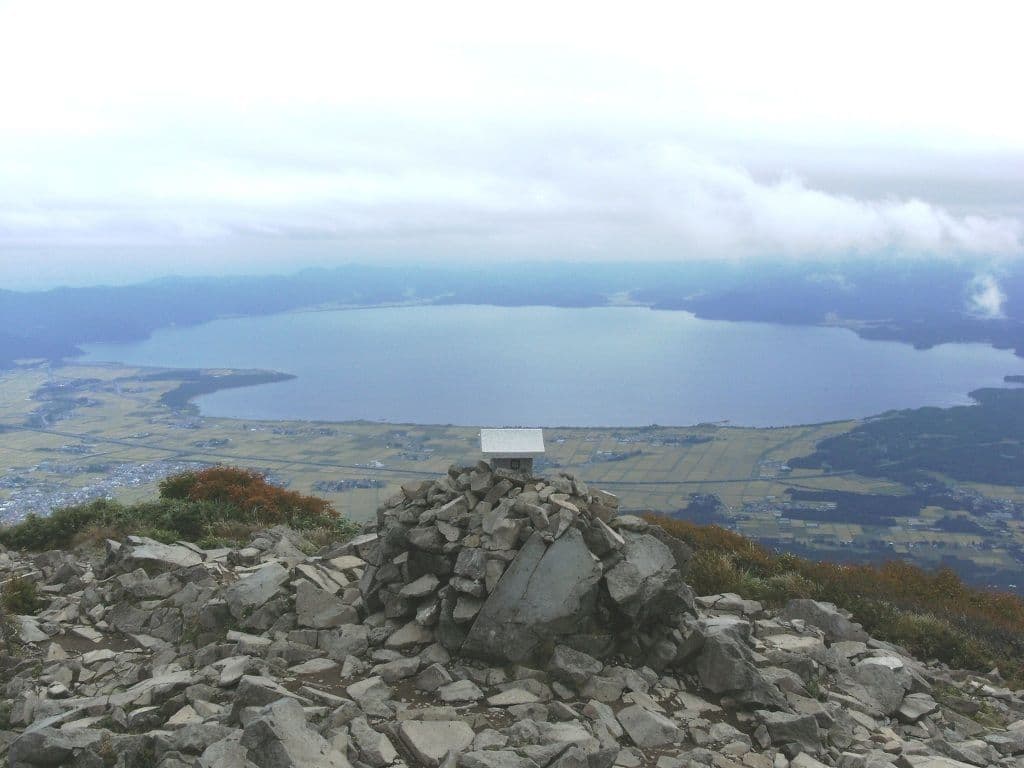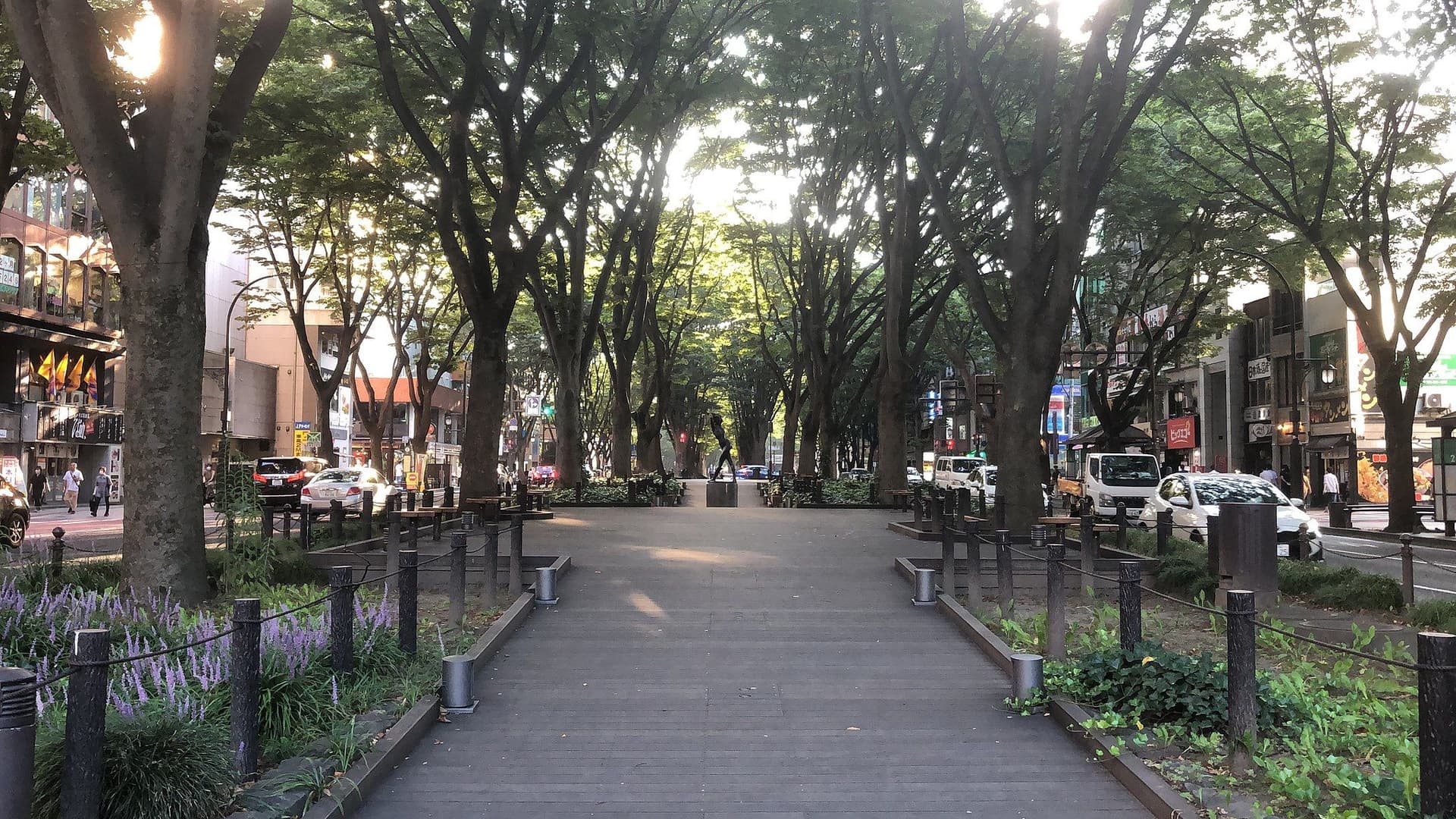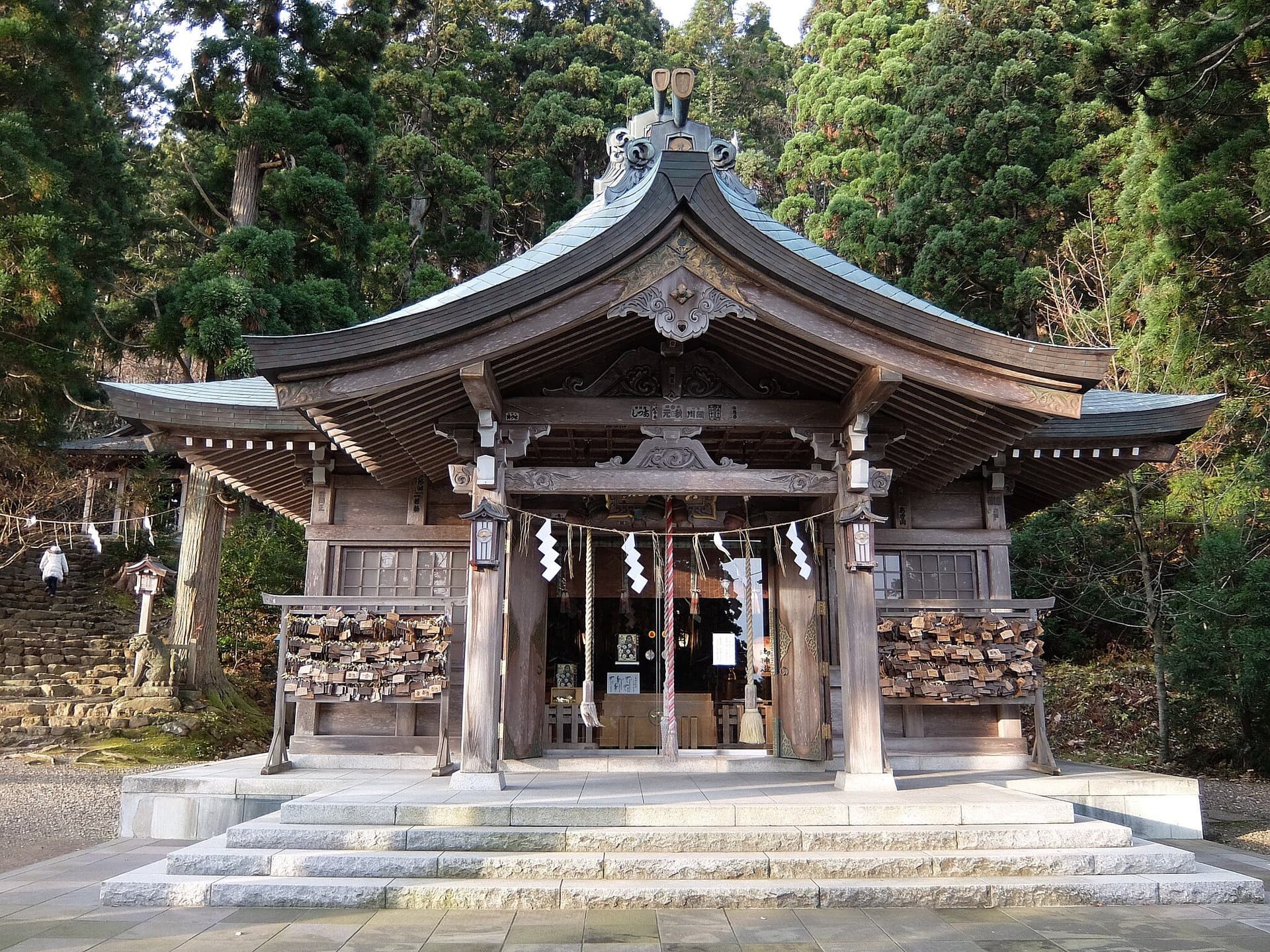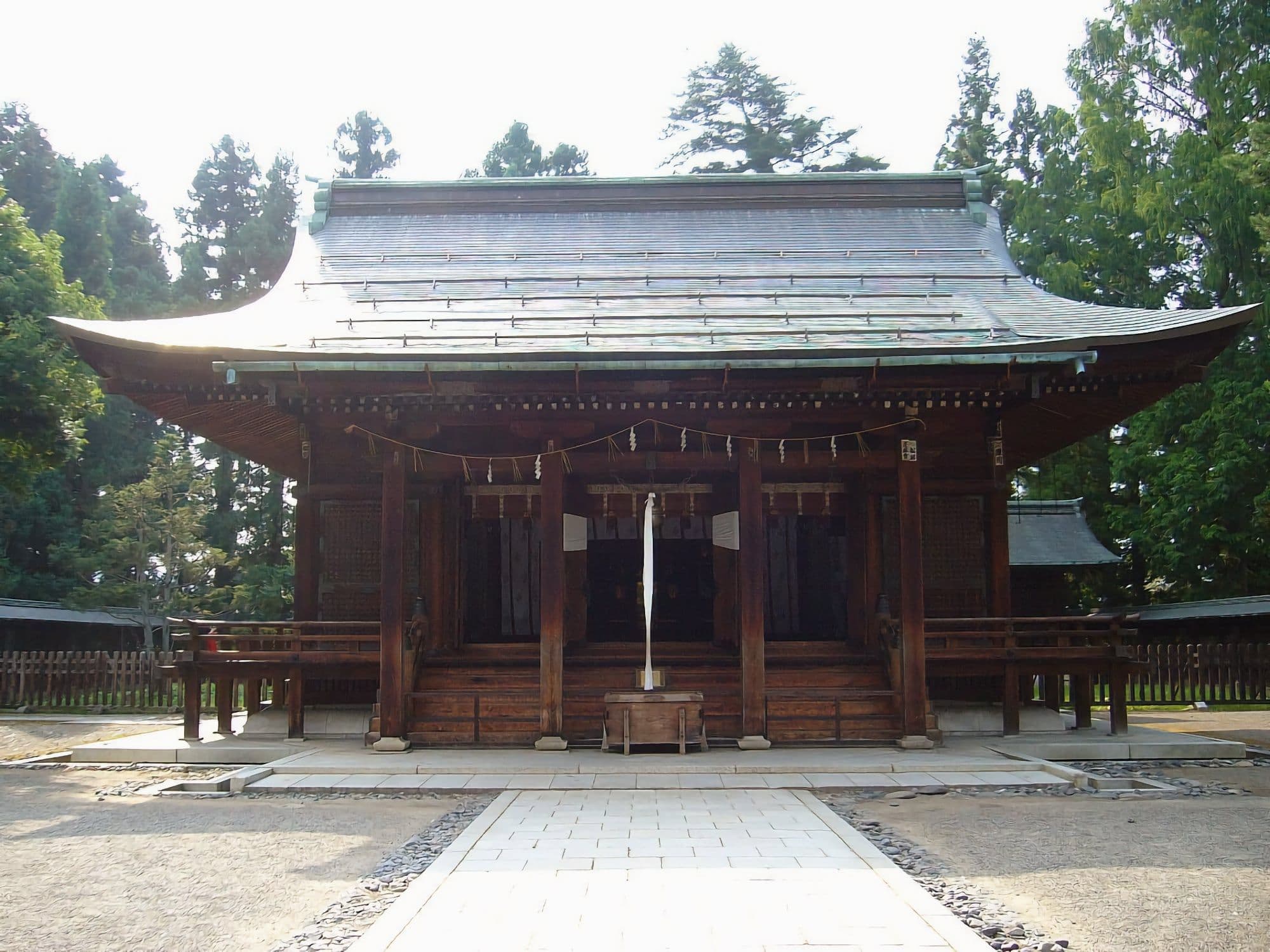
Uesugi Shrine
上杉神社- Yonezawa StationYonesaka LineŌu Main Line
- 12 minutes bus drive to Uesugi Jinja Shrine
- Walk 4 minutes
Located in Yonezawa City, Uesugi Shrine (Uesugi Jinja) is a historically significant Shinto shrine that enshrines the famed warlord Uesugi Kenshin (1530–1578), one of the most formidable and strategic figures of Japan's Sengoku (Warring States) period.
Origins and Historical Significance
On March 13, 1578, Uesugi Kenshin died suddenly at the age of 49 at Kasugayama Castle in Echigo Province. His remains were originally honored with Buddhist rites in a hall called Fushikian. When his successor, Uesugi Kagekatsu, was transferred to Yonezawa, the hall was relocated to Yonezawa Castle, where Buddhist memorial services continued.
During the Meiji Restoration, government-led religious reforms mandated the separation of Buddhism and Shinto. As a result, the memorial site was converted into a Shinto shrine and renamed Uesugi Shrine. In 1876, a new shrine building was constructed, and in recognition of the Uesugi clan's historical loyalty to the Imperial Court, the shrine was elevated in 1902 to the special status of Bekkaku Kanpeisha.
Tragically, a major fire in 1919 destroyed much of the shrine. The current complex was completed in 1923 under the direction of renowned architect Dr. Chūta Itō, a native of Yonezawa and recipient of the Order of Culture. Today, the shrine grounds occupy approximately 60% of the former inner citadel of Yonezawa Castle, covering about 20,800 square meters.
A Shrine of Reform and Remembrance
Uesugi Shrine is also closely associated with Uesugi Yōzan (1751–1822), the ninth lord of the Yonezawa Domain, who is celebrated for his virtuous leadership during a time of financial crisis. Known for his frugality, educational reforms, and economic revitalization policies, Yōzan is regarded as a model daimyo of the Edo period. Though initially enshrined alongside Kenshin, he was later honored separately in Matsugasaki Shrine, an auxiliary shrine established in 1902.
The shrine complex includes the Keishōden, a museum that houses heirlooms, calligraphy, armour, and artifacts related to Kenshin, Kagekatsu, Yōzan, and the loyal retainer Naoe Kanetsugu.
Subsidiary Shrines within the Grounds
- Matsugasaki Shrine (Auxiliary Shrine – Sessha): Named after Yonezawa Castle’s alternative name, this shrine was completed in 1912 and enshrines Yōzan, Kagekatsu, Naoe Kanetsugu, Yōzan’s mentor Hosoi Heishū, and key reformers Takenomata Masatsuna and Nozoki Yoshimasa. It features a monument engraved with Denkokunoji (“Words of the Nation’s Legacy”), a set of leadership principles written by Yōzan.
- Kasuga Shrine (Shrine within the Precinct – Keidaisha): Originally enshrined in Echigo by Fujiwara no Yukinari over 1,000 years ago, it was brought to Yonezawa with the Uesugi clan. After the 1919 fire, it was rebuilt in 1981 and now stands within the Matsugasaki Shrine grounds.
- Fukutoku Inari Shrine (Shrine within the Precinct – Keidaisha): Founded in the 18th century to protect Yonezawa Castle, this Inari shrine miraculously survived the 1919 fire. It was relocated to its current location in 1923. The shrine also houses an okumiya (inner sanctuary) dedicated to Ichikishima Benzaiten and is known for a miraculous fox legend linked to the domain’s diplomacy.
Festivals and Legacy
Uesugi Shrine's annual festival is held on April 29, corresponding to Kenshin’s death date in the solar calendar. With cherry blossoms in full bloom, the shrine and surrounding moat offer a scenic view that draws thousands of visitors. Monthly and seasonal rituals continue to connect the local community to the legacy of the Uesugi clan.
Place nearby
At Hey Japan!, we strive to keep the places listed on our website as current as possible. However, it is important to note that location owners or management may make changes to their plans, including canceling events, altering opening times, or modifying admission requirements, without prior notice. To ensure that you have the most accurate information, we recommend checking official websites before visiting any location.
Last Updated:
